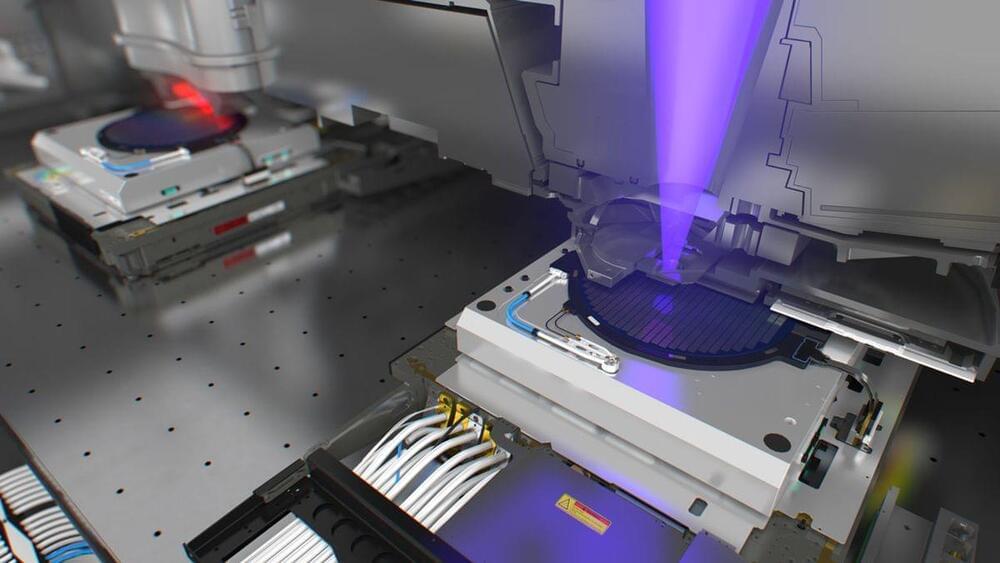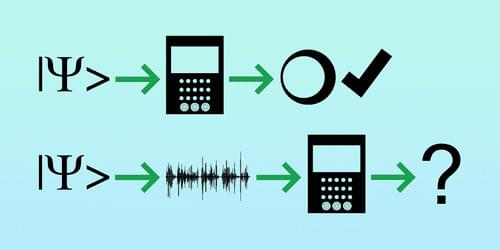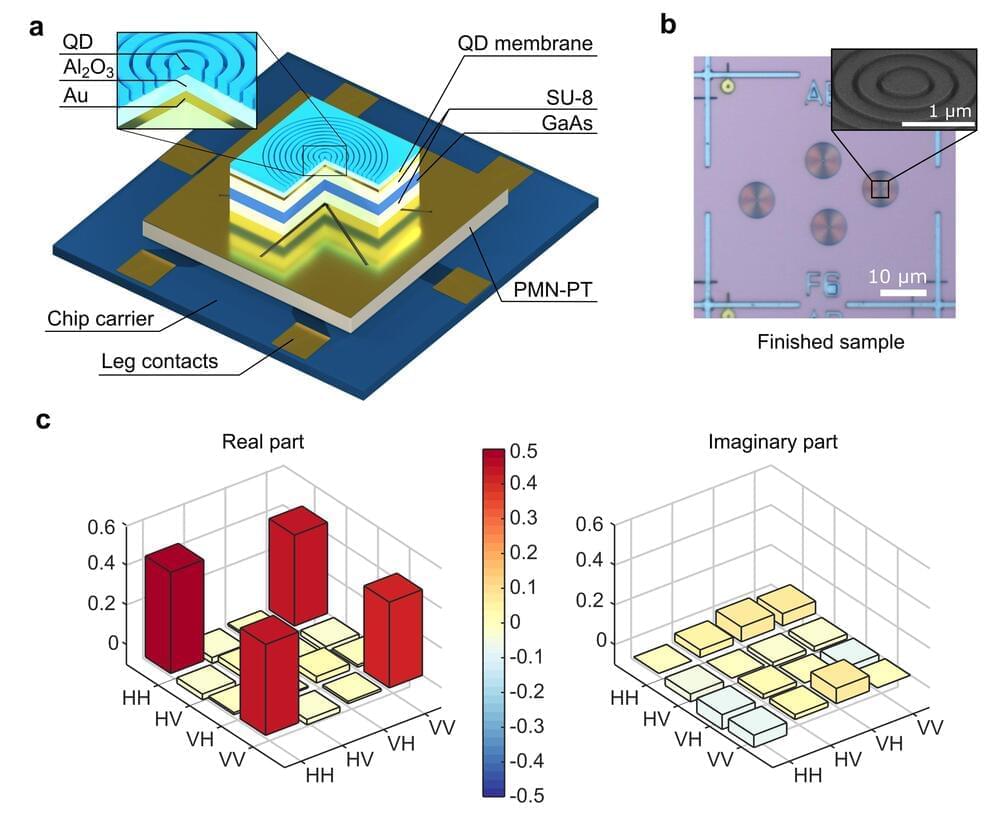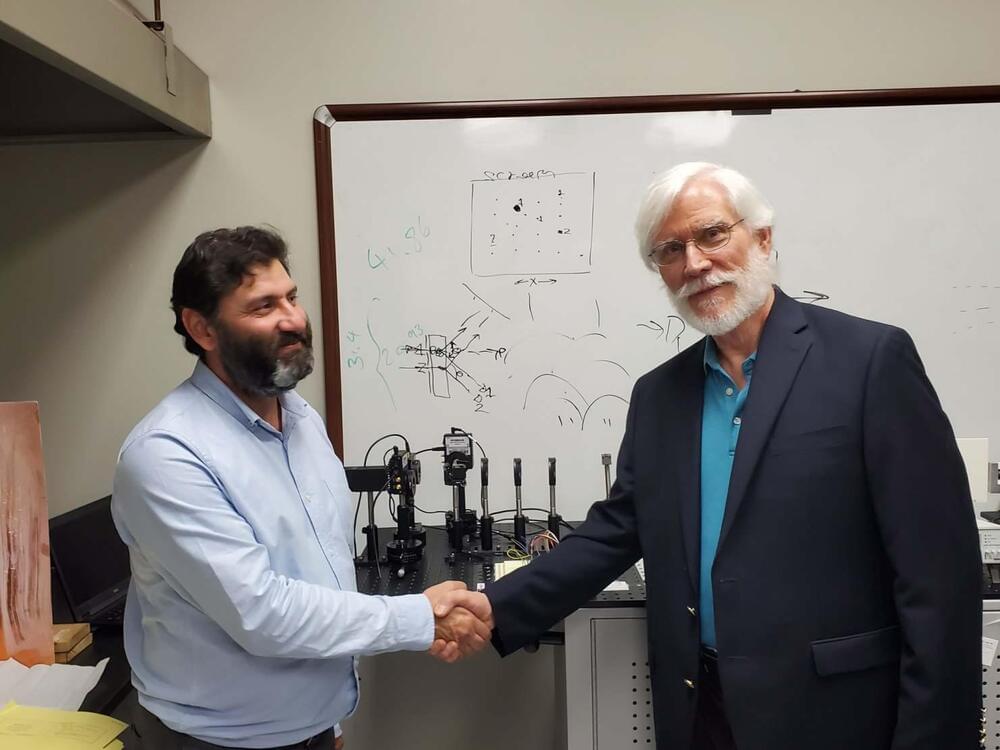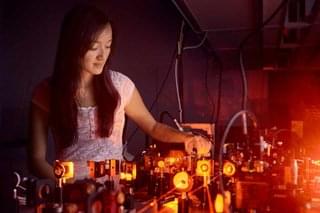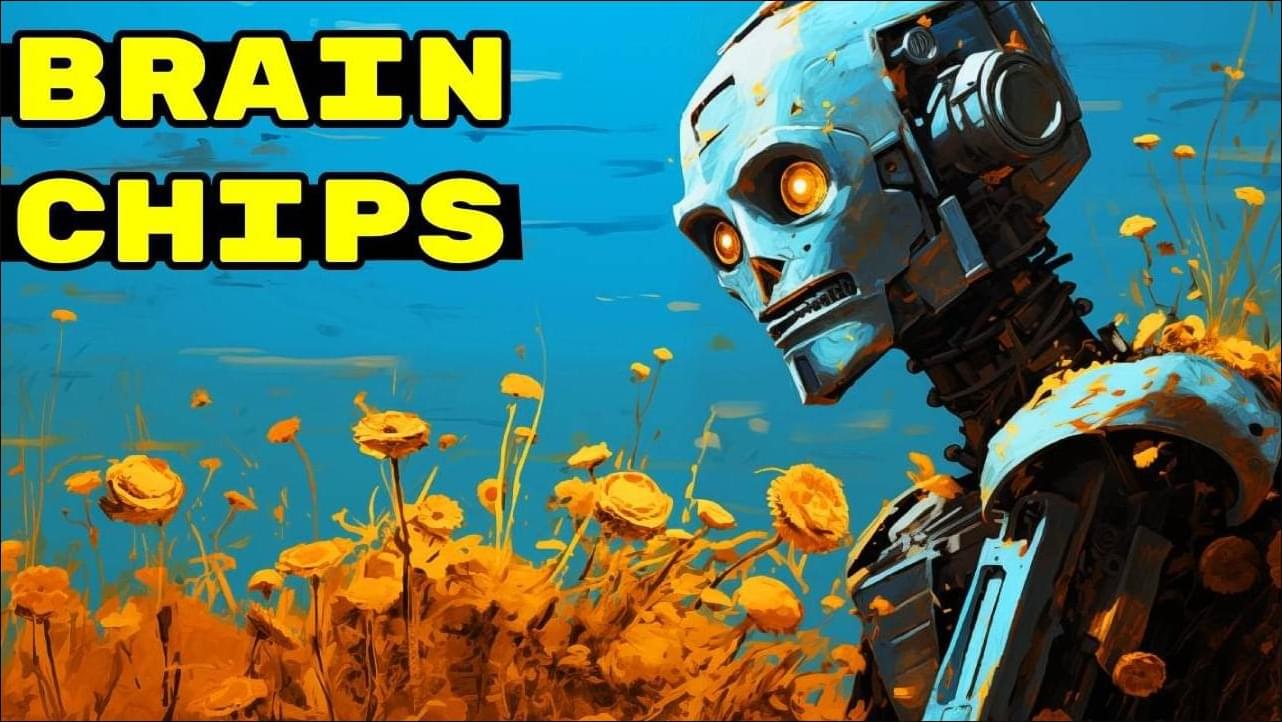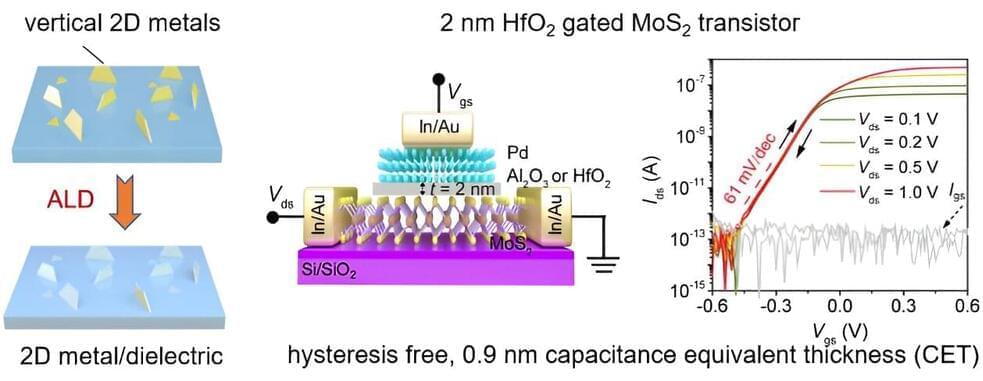Archive for the ‘computing’ category: Page 17
Aug 6, 2024
Second patient receives the Neuralink implant
Posted by Liliana Alfair in categories: biotech/medical, computing, Elon Musk, neuroscience
Elon Musk says his startup Neuralink has implanted a brain chip into a second patient and plans to perform another eight trials later this year.
Almost half the electrodes are working… for now.
Aug 6, 2024
China’s secretive space plane caught on camera in orbit (photos)
Posted by Saúl Morales Rodriguéz in categories: computing, satellites, solar power, sustainability
Schöfbänker made use of a telescope having a 14-inch mirror and assorted gear capable of following satellites that keeps them automatically in the center of a field of view, finessing the equipment with a bit of input and corrections, he told Space.com.
“I make these images by taking a video during the flyover and then stacking (averaging out) and sharpening the best frames,” Schöfbänker said.
The two solar panels that can be seen at the end aren’t visible on any of the computer renderings available online, Schöfbänker advised. “I am not really sure if they are solar panels or some other features like an antenna or something of that nature.”
Aug 6, 2024
Long-Standing Quantum Problem Finally Solved
Posted by Saúl Morales Rodriguéz in categories: computing, particle physics, quantum physics
An answer to a decades-old question in the theory of quantum entanglement raises more questions about this quirky phenomenon.
Physicists have a long list of open problems they consider important for advancing the field of quantum information. Problem 5 asks whether a system can exist in its maximally entangled state in a realistic scenario, in which noise is present. Now Julio de Vicente at Carlos III University of Madrid has answered this fundamental quantum question with a definitive “no” [1]. De Vicente says that he hopes his work will “open a new research avenue within entanglement theory.”
From quantum sensors to quantum computers, many technologies require quantum mechanically entangled particles to operate. The properties of such particles are correlated in a way that would not be possible in classical physics. Ideally, for technology applications, these particles should be in the so-called maximally entangled state, one in which all possible measures of entanglement are maximized. Scientists predict that particles can exist in this state in the absence of experimental, environmental, and statistical noise. But it was unclear whether the particles could also exist in a maximally entangled state in real-world scenarios, where noise is unavoidable.
Aug 6, 2024
New light source emits bright, entangled photons for quantum communication
Posted by Saúl Morales Rodriguéz in categories: computing, particle physics, quantum physics
Imagine the possibility of sending messages that are completely impervious to even the most powerful computers. This is the incredible promise of quantum communication, which harnesses the unique properties of light particles known as photons.
Aug 6, 2024
Unlocking Future Technologies With Magnetic Control of Rare Earth Elements
Posted by Saúl Morales Rodriguéz in categories: computing, materials
Laser pulses have been shown to adjust the magnetic properties of rare earths by affecting 4f electrons, opening avenues for quicker and more energy-efficient data storage devices.
The special properties of rare earth magnetic materials are due to the electrons in the 4f shell. Until now, the magnetic properties of 4f electrons were considered almost impossible to control. Now, scientists have shown for the first time that laser pulses can influence 4f electrons — and thus change their magnetic properties. The discovery, which was made through experiments at EuXFEL and FLASH, opens up a new way to data storage with rare earth elements.
Breakthrough in Magnetic Properties Control.
Aug 5, 2024
New Quantum Experiments to Test Simulation Hypothesis and its Connection to Consciousness
Posted by Alessandro Carvalho in categories: computing, neuroscience, quantum physics, virtual reality
Science: Physicists Will conduct experiments to verify if we live in the real reality or if we live in a virtual reality. In a computer simulation. In a dream. Or if not.
Researchers at California State Polytechnic University (CalPoly), Pomona are carrying out a series of quantum physics experiments expected to provide strong scientific evidence that we live in a computer simulated virtual reality. — PR13031782.
Aug 5, 2024
A Breakthrough on the Edge: One Step Closer to Topological Quantum Computing
Posted by Natalie Chan in categories: computing, particle physics, quantum physics
Researchers at the University of Cologne have achieved a significant breakthrough in quantum materials, potentially setting the stage for advancements in topological superconductivity and robust quantum computing / publication in Nature Physics.
A team of experimental physicists led by the University of Cologne have shown that it is possible to create superconducting effects in special materials known for their unique edge-only electrical properties. This discovery provides a new way to explore advanced quantum states that could be crucial for developing stable and efficient quantum computers. Their study, titled ‘Induced superconducting correlations in a quantum anomalous Hall insulator’, has been published in Nature Physics.
Superconductivity is a phenomenon where electricity flows without resistance in certain materials. The quantum anomalous Hall effect is another phenomenon that also causes zero resistance, but with a twist: it is confined to the edges rather than spreading throughout. Theory predicts that a combination of superconductivity and the quantum anomalous Hall effect will give rise to topologically-protected particles called Majorana fermions that will potentially revolutionize future technologies such as quantum computers. Such a combination can be achieved by inducing superconductivity in the edge of a quantum anomalous Hall insulator that is already resistance-free. The resultant chiral Majorana edge state, which is a special type of Majorana fermions, is a key to realizing ‘flying qubits’ (or quantum bits) that are topologically protected.
Aug 5, 2024
Sam Altman’s Brain Chips | Rain Neuromorphic Chips | UAE Funds and US National Security and Q*
Posted by Dan Breeden in categories: computing, neuroscience, security
Aug 4, 2024
A strategy to synthesize fin-like metal nanosheets for 2D transistors
Posted by Shailesh Prasad in categories: chemistry, computing
The effective integration of extremely thin insulating layers with two-dimensional (2D) semiconductors could enable the fabrication of 2D transistors with an electrical capacitance comparable to SiO2 with thicknesses below 1-nm. These transistors could, in turn, help to boost the performance and reduce the power consumption of electronic devices.
Researchers at Nankai University in China recently introduced a new strategy to synthesize single-crystalline metal nanosheets that could be easily transferred onto 2D substrates. This strategy, outlined in a paper in Nature Electronics, was successfully used to deposit 2-nm-thick dielectrics based on Al2O3 or HfO2 for highly performing top-gated transistors.
“At the very beginning, we aimed to developing the chemical vapor deposition (CVD) synthetic strategy of 2D Cu2O, which is a p-type high-mobility 2D semiconductor,” Jinxiong Wu, corresponding author of the paper, told Tech Xplore.
